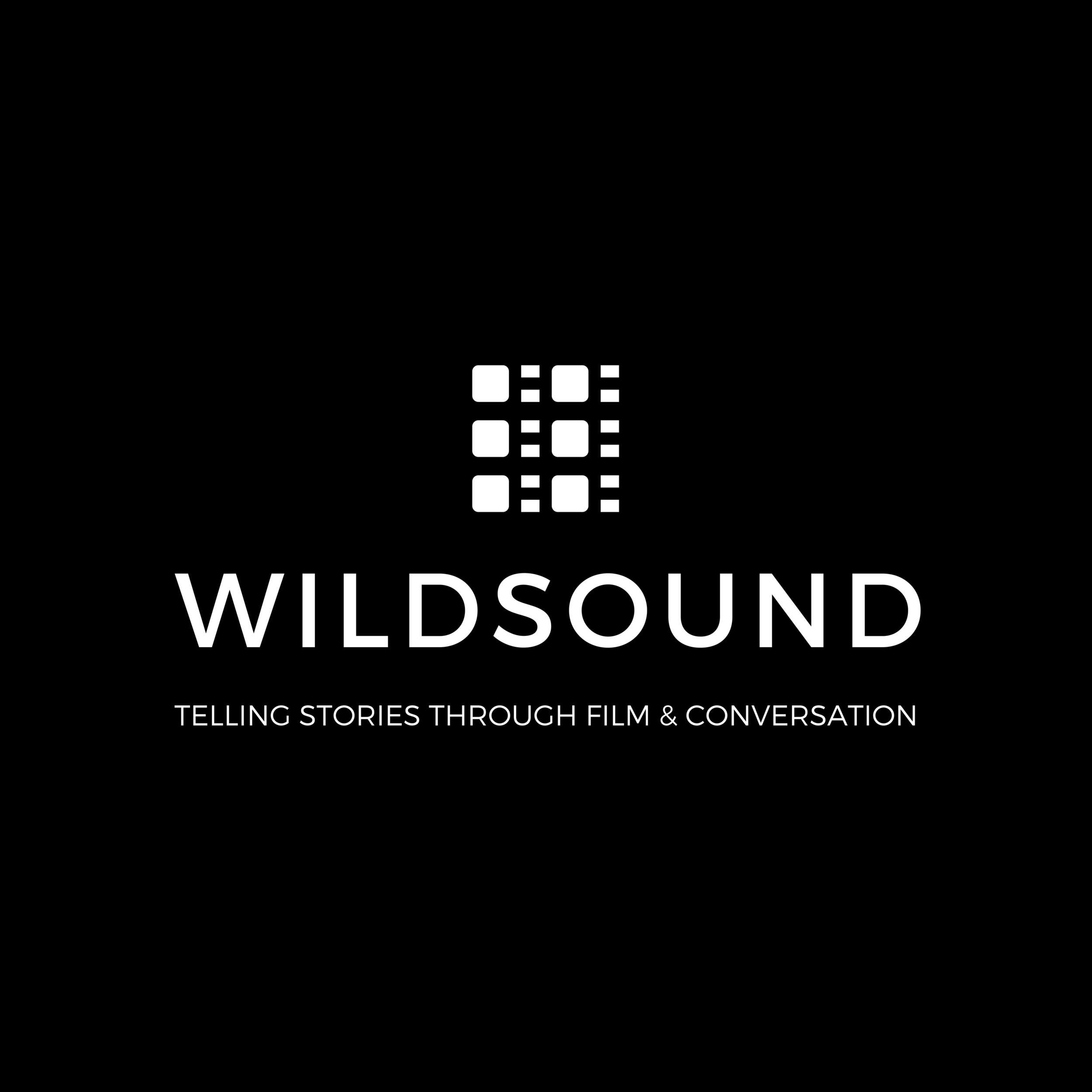Kierston and Matthew take a hilarious look at early Screwball comedy- what was the world like that produced screwball comedy? What factors were at play that brought screwball forward, and would end up influcencing comedy antics for generations to come.
show notes
- DEFINITION: Popularized in the 1930’s during the Great Depression and building an audience into the 40’s in North America, Screwball is a specific style of comedy film that is notable by a few distinctive traits: Fast, stichomythia-type banter, ridiculous, farcical situational comedy, and often feature of the central strong female character. On a deeper note, they tend to break down the struggle between classes and can touch of larger social themes.
- GENERAL EXAMPLE: Classic films like Bringing Up Baby (1939), You can’t take it with you (1937)
Why it is used: When we think back to the Great Depression we can see why a population in economic hardship might be drawn to films that critique the social establishment, the upper class, and of course, have humorous and optimistic overtones.- If you want to talk about how difficult it is for artists to find paying work, and how there are limited options for women except to marry rich, have your characters cross dress to get a job and the make the central love interest focused on finding a rich husband.
- If you want to talk about the awkwardness of single-session sexual encounters with your partner- set it at your best friend’s wedding and make it funny!
- Screwball comedy allows for social commentary through the sense of humor.
- GENERAL EXAMPLE: Classic films like Bringing Up Baby (1939), You can’t take it with you (1937)







